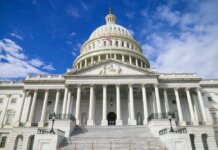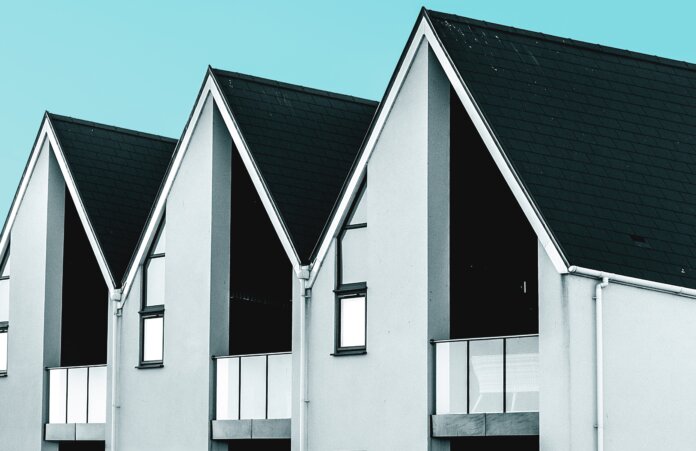After increasing more than 10% in July, new home sales went back on the decline in August, falling 4.7% to an annual adjusted rate of 716,000, according to estimates from the U.S. Census Bureau and the U.S. Department of Housing and Urban Development.
Although new home sales dropped month-over-month, they were up 9.8% compared with August 2023.
The median sales price of a new home sold in August was $420,600.
The average sales price was $492,700.
As of the end of the month there were about 467,000 new homes available for sale in the U.S. – about a 7.8-month supply at the current sales rate.
“While existing-home sales have struggled to gain any momentum, the new-home market has remained a relative bright spot in the housing market due to builders’ ability to offer incentives and bring buyers off the sidelines,” says Odeta Kushi, deputy chief economist for First American, in a statement. “There is better news on the horizon, however. According to NAHB, builder sentiment increased in September as mortgage rates declined by more than one-half of a percentage point from early August through late-September. Additionally, builders now have a positive view for future new-home sales for the first time since May 2024.
“The long-term housing shortage, lower mortgage rates, and builders’ ability to offer incentives will help to buoy new single-family sales,” Kushi says. “However, builders continue to grapple with challenges stemming from the “5 Ls”: labor, lots, legal issues, lumber, and lending. Despite the challenges, the new-home market will likely continue to outperform the existing-home market over the near term because, unlike existing homeowners, builders are not rate locked-in.”
“Builder sentiment and future sales expectations are improving as the Federal Reserve begins a credit easing cycle,” says Carl Harris, chairman of NAHB, in a statement. “However, due to the mortgage interest lock-in effect, declining interest rates will mean rising existing home inventories and some additional new competition for home builders.”
“While a 7.8 months’ supply may be considered elevated in normal market conditions, there is currently only a 4.1 months’ supply of existing single-family homes on the market,” adds Robert Dietz, chief economist for NAHB. “Combined, new and existing total months’ supply remains below historic norms at approximately 4.7, although this measure is expected to increase as more home sellers test the market in the months ahead.”
Photo: Alexander Andrews











